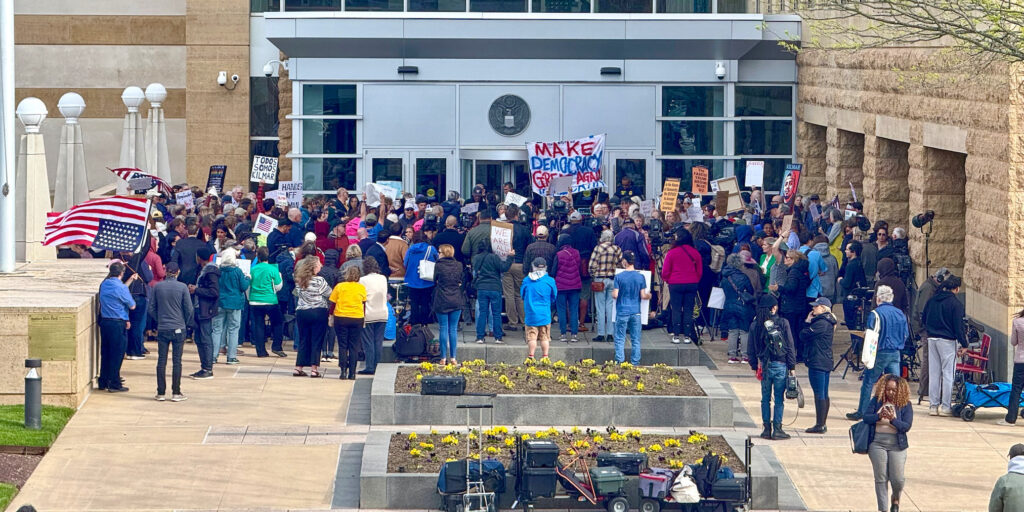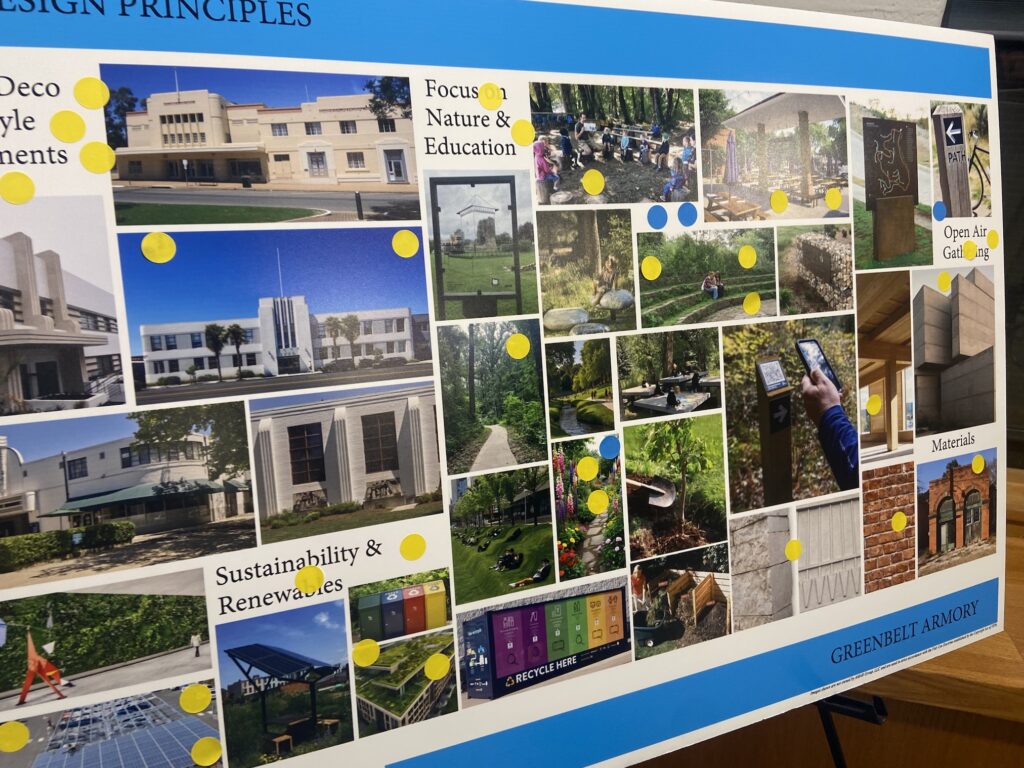Jill Grant and Associates, a law firm hired by the city, met with the city council on Wednesday, February 10 to share their evaluation of the Draft Environmental Impact Statement (DEIS) issued by SCMaglev on January 15. Grant said they were asked to “point out flaws” and ascertain if all proper steps and contingencies had been addressed. Their goal in the meeting was to get direction from council on what issues to explore further and whether experts should be brought in to enhance arguments.
At present, the comment period on the DEIS ends on April 22. In the event of any court appeal to the project, if it moves into a final EIS stage, all issues must be raised by the city, or other involved parties, by that time to be allowed into any kind of an argument.
The firm’s outline to council touches on a large number of topics. It points out a deficiency in considering the full scope of the project, as it would eventually extend to New York. They found a lack in considering other alternatives, such as enhancing existing rail systems like Amtrak or MARC as well as “inaccurate financial assumptions and inaccurate traffic data” as a basis for the project’s need. Other types of technology were not explored, such as Chinese maglev technology.
There was a “failure to address all water quality impacts,” including stormwater,
groundwater, wetlands and requirements of the National Environmental Policy Act. The firm found “problems with the analysis of impacts on various species and habitats,” especially regarding aquatic and forested areas and threatened species. They said that hazardous waste and construction spoils were insufficiently addressed as were air quality impacts, greenhouse gases and particulates. Threats to private property, due to proximity to construction as well as the project itself including tunneling, were not sufficiently explored.
They said the DEIS failed to take into consideration the cumulative effects that other related, large-scale projects would have, as well as “environmental justice implications” involving noise and vibration impacts, as well as possible gentrification. There was a deficiency in “compliance with the Land and Water Conservation Fund (LWCF) requirements,” stipulating approval by the National Park Service in the “conversion of lands purchased with LWCF assistance,” like the city’s Forest Preserve.
Safety analysis was lacking, in terms of passenger safety and electromagnetic radiation. Compliance with the National Historic Preservation Act was found wanting. There were “inadequacies in the Department of Transportation Act analysis.” The outline recommended a financial review of the project’s construction and operation costs, as well as the possibility of public subsidizing being needed (which would require “an environmental effects report under the Maryland Environmental Policy Act.”)
Council felt all of these issues were pertinent and asked for all to be raised. Councilmember Judith Davis stressed that due to the lack of transparency in the disclosing of data, like finances, traffic impacts and ridership numbers, a Freedom of Information Act (FOIA) request may be necessary.
An overview of the two alignments being considered and the technology proposed was presented along with representations of what the system would actually look like, superimposed on the current landscape.
Davis reiterated council’s support of the no-build option, but said she would consider the alternative of improving Amtrak. Councilmember Leta Mach said she would consider an extension of Metro’s Green Line to Baltimore.
Council agreed that experts were necessary to make the best possible case and frame each issue correctly. Grant and her team presented a working list of experts in various fields. Council was open to the suggestions, yet also encouraged enlisting local expertise as well, some of which may be with no cost. Mayor Colin Byrd asked for a cost analysis first before a final decision could be made. Grant said that the city would be in a contractual relationship with each expert. Davis recommended creating a donation fund to help pay the costs. Grant said that the current use of experts would be for information gathering, not so much for fulfilling a role in a court setting.
Council was open to working closely with adjoining communities in this effort, perhaps cost-sharing in the use of experts and finding common areas of impact from the project.
Davis recommended more extensive use and collaboration with the Maryland Citizens for Responsible Transit and the SC Maglev Strategy Group, which have been doing considerable work in gathering data and connecting with the community on this matter. The city’s Maglev Task Force is still open for membership.
Resident Robert Snyder, once a proponent of the maglev, said that the pandemic has altered his stance, as it has become clear that former concepts of safe travel and the need for in-person meetings have changed, perhaps for the long term, making the maglev unnecessary.
Based on direction from council, Grant said that her team would coordinate with city planning staff, of which Community Planner Holly Simmons has been instrumental, on looking at the costs and availabilities of proposed experts. She said that two months would be a reasonable time frame to fully complete an analysis of the entirety of the issues raised and gather expert testimony.
Davis asserted the absolute necessity of countering the maglev, as it would kill “the heart of Greenbelt,” and be a “tragedy.” She cited Greenbelt’s history in fighting down “formidable” threats to the community.
Mach said that the maglev would “destroy our city,” that “if we don’t fight it, fight it as much as we can, we’re dead.”



